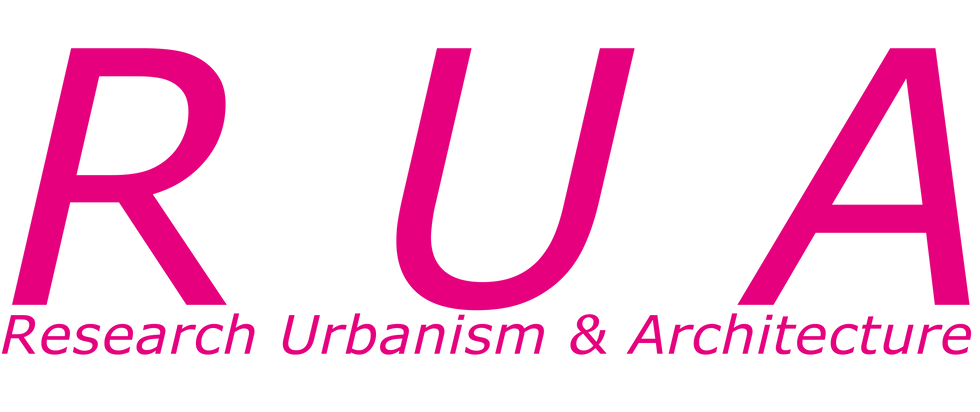



BAO LOC: Bao Loc City & Neighbouring Areas Until 2030 (2019-20)
Location: Bao Loc, Lam Dong Province, Vietnam
Designers: RUA and VIUP (Vietnamese Institute of Urban and Rural Planning) Kelly Shannon, Bruno De Meulder, Nguyen Quang Minh, Iosof Athanasiou, Dana Hawi (RUA)
Commissioned by: invited competition, Bao Loc Until 2030, Lam Dong Province
Period of Design: 2019-2020
VIETNAM
Geology and Topography of Bao Loc
The geology and topography of Bao Loc in the Lam Dong Province of the Central Highlands define a sharp rupture, where the altitude falls from 850 to 750 meters over a short distance. The strong sectional difference articulates occupation and settlement: the city and agriculture on the Di Linh plateau, a system of man-made chains of ponds and valleys (to the north) with mulberry, tea, and coffee farms on the innumerable hillocks (to the south and northwest),
protected and special forests on the steep slopes of the mountain ranges (north, west, and south), and waterfalls and sanctuaries in various mountains. Mining locations are similarly defined by geological conditions and until today are concentrated to the west of the city on the slopes of the 850 to 895 meters range.

Challenges of Urban Development
However, as evident from the present-day masterplan, urban development is projected to neglect the region’s geographic and site-specific conditions. If left unchallenged, Bao Loc will witness a generic form of urbanization similar to many Vietnamese cities.




The RUA-VIUP Proposed Masterplan to 2040
The RUA-VIUP proposed masterplan to 2040 develops urbanization and the economy in a manner that simultaneously strengthens its natural environment and socio-cultural identity. New urbanization is concentrated on the Di Linh plateau, while leaving the sequence of traversing flood plains as productive interruptions that give articulation to the alternating sequence of densified urban districts.
Particular forms of high-quality urban development are created on the accentuated topography north and south of the core city, offering complementary urban quarters that add to the variety of residential environments and are consciously embedded within figures of reforestation.

Sustainable Economy and Landscape Integration
A context-responsive, high-value eco-/agro-tourism and retreat/wellness development is set within the rich and lush environment and adds qualities to the landscape instead of consuming it (and losing it forever) with mundane mass development. This economy complements the agricultural and forestry economy that structures the landscape.
The project also creates a nearly 10km-long belvedere park front as the city facade along the southern edge of the Di Linh plateau with areas for cafes, restaurants, and special-programmed buildings; they benefit from both proximity to the city center and spectacular panoramas across the landscape’s hundred meters altitude difference. As a strong landscape figure, the belvedere park articulates the city’s form and its relationship to its particular geography and topography.
-01.png)